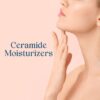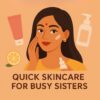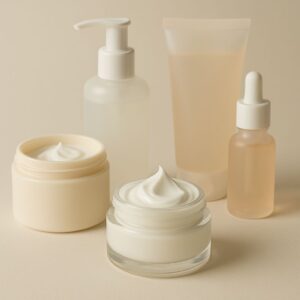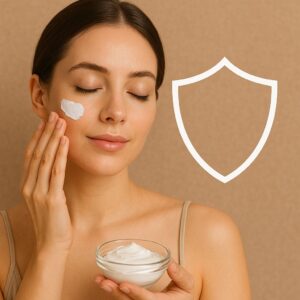No products in the cart.
Return To Shop
Once confined to the realms of skincare, slugging – the art of sealing in moisture using occlusive products has officially crossed over. Enter hair slugging, a viral ritual that’s given dry, brittle strands a new lease of life. But what’s more intriguing is how this method is now inspiring hydration hacks for your skin too.
Let’s start with the roots—literally.
What Is Hair Slugging?
Hair slugging involves coating the lengths of your hair with a deeply hydrating oil or serum, then wrapping it up, often overnight, using a satin scarf, sock, or bonnet. This method allows the product to sink in deeply while locking in moisture, leaving hair shinier, softer, and visibly healthier by morning.
Originally popularized on platforms like TikTok, this practice has gained credibility beyond trends. The process mimics deep conditioning but focuses more on sealing the outer layer (cuticle) for optimal hydration retention.
| Step | What Happens | Why It Matters |
| 1. Apply oil/serum | Nourishes strands | Adds softness and reduces frizz |
| 2. Wrap the hair | Traps moisture | Enhances product penetration |
| 3. Leave overnight | Deep restoration | Repairs damage while you sleep |
Think of it as a protective blanket for your hair, especially beneficial for dry, color-treated, or textured hair types. The oils like argan, jojoba, or even rosemary help strengthen the strands, soothe the scalp, and reduce split ends.
Can Skin Benefit from the Same Concept?
Absolutely.
Inspired by hair slugging, skincare enthusiasts are now adopting a similar ritual for their face. The principle remains the same: layer hydrating serums or moisturizers and finish with an occlusive layer like petroleum jelly, balm, or a thick moisturizer to prevent water loss.
While the technique isn’t new in dermatology, the growing popularity of hair slugging has brought fresh attention to skin slugging’s hydrating benefits.
Skin Slugging Tip:
For best results, cleanse your skin, apply your regular serums and moisturizers, and seal it all in with a barrier cream. This is particularly useful for nighttime routines and dry or compromised skin.
A Word of Caution
Slugging isn’t a universal fix; what works for your skin or hair may not suit everyone.. Those with acne-prone skin should be selective about the final occlusive layer. Similarly, fine or oily hair types may benefit more from lightweight oils and shorter slugging durations.
Final Thought
What started as a simple hydration hack for dull, damaged strands has blossomed into a full-blown skincare crossover. If your nighttime beauty rituals need an upgrade, try slugging on your hair, your skin, or both. Sometimes, sealing the deal is all it takes for true restoration.
Share Post
Related posts
In India, the glowing glass skin trend has captured hearts everywhere. Smooth, luminous, and almost translucent, glass skin represents a healthy and hydrated complexion that... Continue reading
The Indian skincare industry is witnessing a stunning revolution. A new generation of homegrown brands is stepping up to create products that understand Indian skin... Continue reading
The Indian skincare world is buzzing with one hot priority this year: repairing the skin barrier. With rising pollution, changing weather, and a growing curiosity... Continue reading
In the world of natural beauty, there are a few timeless secrets that never fade, and one of them is Moringa. Known as the Miracle... Continue reading
Our hair tells a story. It reflects our health, nutrition, and even our mood. We all dream of strong, shiny, and fuller hair, yet the... Continue reading









Add comment